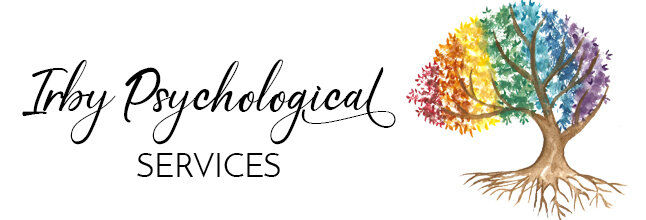Reading Tone: Part 7
Day 7:
You all may be thinking, “wait, didn’t you say there’d only by six posts on tone, why aren’t we done yet?”
That’s because all of those posts are about how to receive and interpret tone, but not about how to “sound nicer” in text. Today, in our final post, I wanted to provide some ways that we can all do better in providing thoughtful, kind responses to others, even in our fast paced world!
1. Consider adding a sprinkle of humor:
Humor can help a lot. Even when you’re communicating something very important, adding humor to your writing can put someone at ease and make them feel more comfortable approaching or processing the information. Humor imbues much—if not most—of our communication, both internal and external. We try to make sure the writing we put into the world showcases the way we communicate internally—playful rather than solemn, inventive rather than prosaic, energizing rather than clichéd. This can include adding GIFs or emojis to help lighten the mood!
Caution : Knowing when to switch tones from silly to serious and back again is not always simple. And appropriate tone likely changes between job functions. Introducing and onboarding a new employee requires a vastly different approach than an admin answering a client call.
2. Read your messages back to yourself. As you read the message back to yourself, your best bet is to envision the various ways your message could be interpreted by the recipient. I find it useful to first read it as you would if you were in a really bad mood. Once you hear how it comes across when it’s not read as you intended, see if there are words you can replace or additional explanations you can add that might make your intended tone clearer. Or additional punctuation , emojis, or GIFs that can be added.
3. Have someone else read it. Reading your messages back to yourself is a great first step and probably sufficient on your more standard messages. Though, when you are writing a potentially sensitive email, there is no substitute for getting another pair of eyes on it. I do this often, and the difference it makes can be significant. The best way to know how someone may interpret your message is to have someone else read it.

